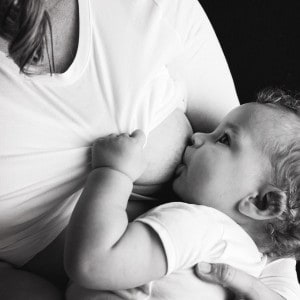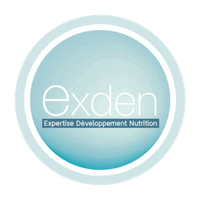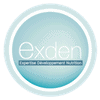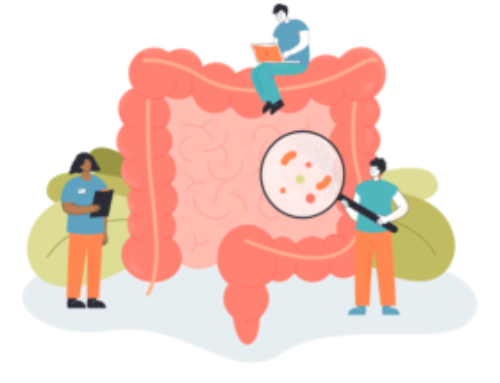 Becoming a mother is wonderful. The baby’s arrival brings a new dimension to life. Breastfeeding during the first six months of life is highly recommended by the WHO (World Health Organisation) in order to fill the energy and immune needs necessary for the development of child. However, some problems may arise during this period. One of them is mastitis. Indeed, mastitis is the main cause of early weaning.
Becoming a mother is wonderful. The baby’s arrival brings a new dimension to life. Breastfeeding during the first six months of life is highly recommended by the WHO (World Health Organisation) in order to fill the energy and immune needs necessary for the development of child. However, some problems may arise during this period. One of them is mastitis. Indeed, mastitis is the main cause of early weaning.
What is mastitis?
Mastitis is an inflammatory condition of the breast that can be accompanied by an infection.
It is usually unilateral and occurs for 6 weeks after birth (although it can occur at other times during lactation).
Mastitis affects an average of 10 to 30% of women, even though this statistic mainly concerns women living in industrialized countries. Women in developing countries encounter this problem less often, due to the possibility of these mothers to breastfeed their babies more regularly.
Mastitis is often linked to inflammation, insufficient drainage or milk stasis (i.e. milk stagnation in the breast). This can be explained by:
- Stopping breastfeeding or irregular feeding of the baby causing breast engorgement,
- Poor latching by the baby,
- Milk that does not flow properly,
- An increase in prolactin secretion (corresponding to the breast milk production hormone),
- Presence of cracks or crevices in the nipple,
- Wearing tight clothes,
- The presence of harmful bacteria: (the microorganisms that cause them) they enter the breast tissue via a wound generated when the baby sucks incorrectly.
Several symptoms can occur during this breast inflammation:
- Painful and hard mass in the breast,
- Feeling of warmth in the breast,
- Feeling of breast engorgement after breastfeeding,
- Redness on the affected area,
- Even symptoms similar to those of the flu.
This condition is not harmful for the baby, but it is a source of discomfort and anxiety for the mother.
The lactating breast has its own microbiota
The lactating breast is home to many microorganisms in dynamic balance, including bacteria that can potentially be responsible for mastitis such as the genera Staphylococci mainly, and Streptococci.
Recent results indicate that mastitis can be characterized by breast dysbiosis where the bacterial population responsible for the infection grows at the expense of normal bacteria.
Some microorganisms present in the breast milk are able to inhibit the growth of many pathogenic bacteria in various ways thanks to:
- Antibacterial agent production,
- Competition for nutrients or locations,
- Immunomodulatory properties.
Sometimes, commensal bacteria cannot counter the causes of mastitis on their own and it is necessary to provide a little extra boost.
Probiotics, an effective alternative to antibiotic resistance to counter mastitis
The antibiotic therapy can be neglected due to the resistance to antibiotics and the biofilm formation by the bacteria responsible for mastitis. Therefore, alternative strategies are to be considered in order to decrease the mastitis incidence.
Probiotics can be a good strategy. Indeed, probiotics can prevent mastitis and improve the mothers’ comfort if taken in sufficient quantity.
Clinical trials from the scientific literature have shown that their consumption helps to reduce the burden of the bacteria responsible for the infection such as Sthaphylococci and Streptococci.
Compared to the placebo group, the women who ingested the probiotics saw their mastitis symtoms improve. They also had reduced pain.
Probiotics can therefore be the allies of mothers to improve their comfort!
LC
References




